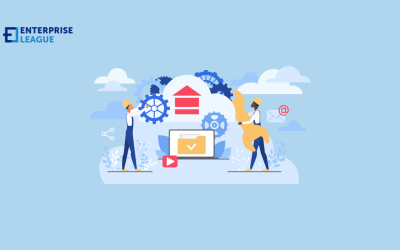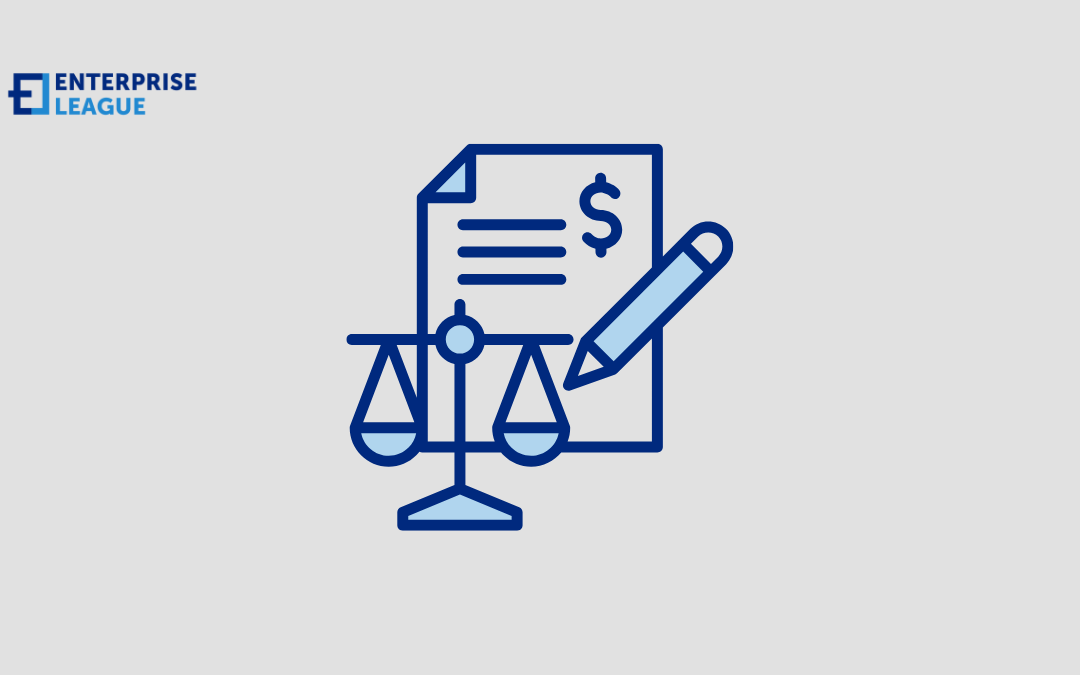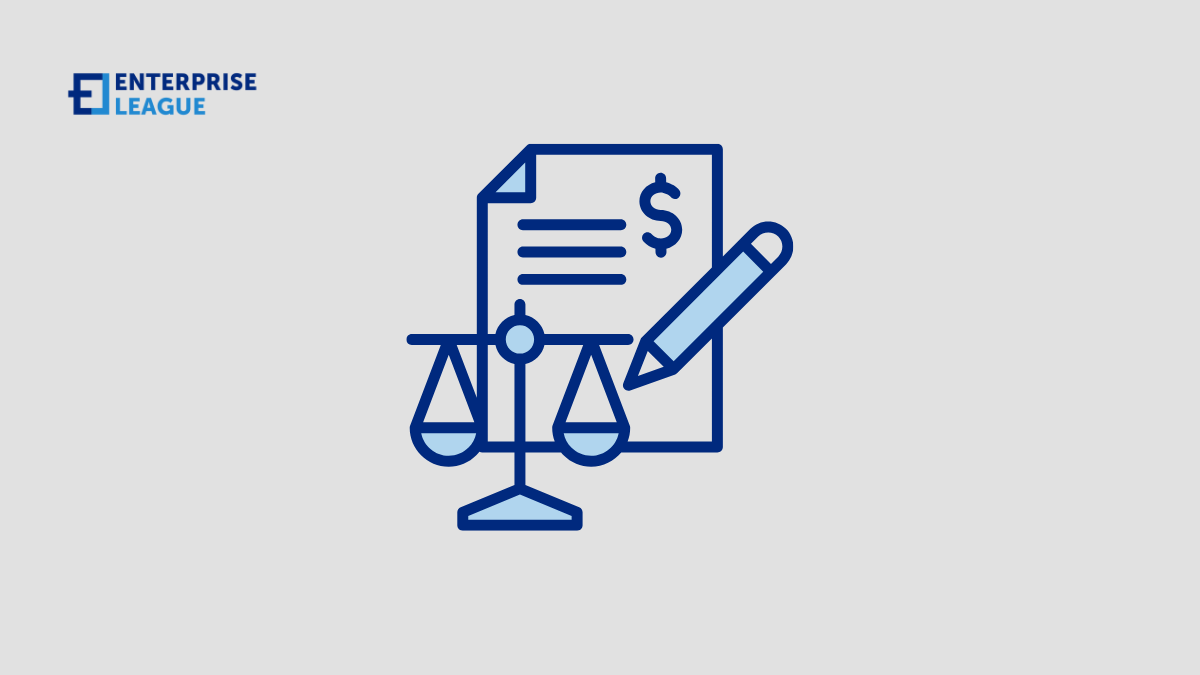Discover how integrating eSign APIs transforms vendor management, offering faster contract handling, enhanced security, and compliance with regulations.

8 key elements to building your brand ( real-life examples)
In the competitive world of business, crafting a powerful brand is paramount to success. It’s the mark that sets you apart in the market, the story that resonates with your audience, and the reputation that defines you. Easy Signs, a company specializing in high-quality digitally printed signage, understands this concept well. They’ve made it their mission to not only produce top-notch signage but also to do so at the lowest possible cost, ensuring that their customers reap the benefits of these savings . In this article, we’ll delve into the eight essential elements that can guide any business in building a solid and enduring brand.
Top 8 elements to help you build your brand
From identity and visuals to storytelling and customer experience, these elements form the cornerstone of a successful brand-building strategy.
Clearly defined identity
This is about understanding and articulating what your business stands for. It involves defining your mission (the purpose of your business), vision (your long-term goals), and values (the principles that guide your actions). It would help if you also pinpointed who your ideal customers are and how you want them to perceive your business. Having a clear identity serves as the foundation for your brand.
For instance, if your brand’s identity concerns sustainability and ethical business practices, you should show your customers how you built your commitment to environmental conservation.
Your brand name should be memorable, easy to pronounce, and relevant to your niche. It’s the first impression your customers will have of your business, so choose wisely. You can find a memorable domain that complements your brand name and makes it easier for customers to remember and find you online.
Consistent visuals
For example, Coca-Cola maintains consistent visuals across its global brand development. The iconic red and white color scheme and the distinctive cursive logo are instantly recognizable and remain unchanged for decades.
Compelling storytelling
Telling your brand’s story involves sharing the narrative of your business’s journey. It includes explaining how your company started, the challenges you’ve faced, and the successes you’ve achieved. Good storytelling creates an emotional connection with your audience and makes your brand more relatable.
Airbnb’s “Belong Anywhere” campaign tells the story of travelers and hosts coming together to create unique and personal experiences. Their storytelling emphasizes that Airbnb isn’t just about accommodations; it’s about belonging and connection.
Exceptional customer experience
This means providing outstanding service and creating a positive experience for your customers at every interaction point. A satisfied customer is more likely to become loyal and recommend your business to others. Exceptional customer service enhances your brand’s reputation.
Zappos, an online shoe and clothing retailer, is known for its exceptional customer service. They go above and beyond by offering free shipping, a generous return policy, and a 24/7 customer service hotline. Customers often share stories of outstanding service experiences.
Unique Value Proposition (UVP)
Your UVP is what sets you apart from competitors. It should clearly state why customers should choose your products or services. This could be based on quality, price, features, or other factors. Your UVP is critical to your branding because it answers the question, “What makes you special?”
Apple’s UVP revolves around innovation and user-friendly design. Their products are known for their sleek aesthetics and intuitive interfaces. Apple’s “Think Different” campaign reinforces its unique approach to technology.
Effective communication
This involves developing a consistent and transparent way of communicating with your audience. Your brand should have a distinct voice and messaging strategy that aligns with your values and resonates with your target audience. Effective communication ensures that your brand’s message is well-received and understood.
For example, Dove’s Real Beauty campaign effectively communicates its commitment to promoting realistic beauty standards. Their advertisements feature real women with diverse body types, challenging conventional beauty norms.
Adaptability and innovation
The business world is constantly changing. Your brand should be flexible and open to innovation. This means staying current with industry trends, evolving with customer needs, and adapting your products, services, or strategies to remain relevant in the market.
Let’s take a look at Netflix as an example. Netflix started as a DVD rental service but became a global streaming giant. Their ability to adapt to changing technology and consumer preferences has been vital to their success.
Monitoring and feedback
To ensure your brand performs well, you must regularly track its performance and gather customer feedback. Use data and insights to evaluate how your brand is perceived and make adjustments as needed. Actively seeking feedback and making improvements can help your brand stay competitive and customer-focused.
An example of a company that does this is Amazon. They continuously monitor customer behavior and collect feedback. They use this data to make product recommendations, improve the shopping experience, and develop new features like Amazon Prime, driven by customer demand and feedback.
Conclusion
These elements collectively contribute to the development and maintenance of a strong brand. They guide how your business presents, interacts with customers, and differentiates itself. Building a brand is an ongoing process requiring careful attention and adjustment.
More must-read stories from Enterprise League:
- Motivating business role models to inspire your entrepreneurial spirit.
- Find out how to get more customers for your business in a unquie way.
- Learn how to deal with being proffesionally ghosted like an expert.
- Debunking the most common myths of entrepreneurship.
Related Articles
Transforming vendor management with eSign API integration
How to choose an MSP: A small business guide
This guide will equip you with the knowledge to choose the perfect MSP for your small business, we’ll break down what they do and how to find the right fit.
Unleashing the power of Red Team as a service and DataArt
Strengthen your cybersecurity posture with DataArt’s Red Team as a service, delivering comprehensive vulnerability assessments and mitigation strategies.
33 Monday motivation quotes for business (2025)
Since Mondays can be tough we understood the assignment and made a brand new article with Monday motivation quotes for business that’ll give you an extra boost.
Businesses that don’t accept crypto: 11 reasons why they are making a big mistake
From reduced fees to instant settlements, let’s talk why businesses are leaving money on the table by saying no to crypto and why they are making a big mistake.
















